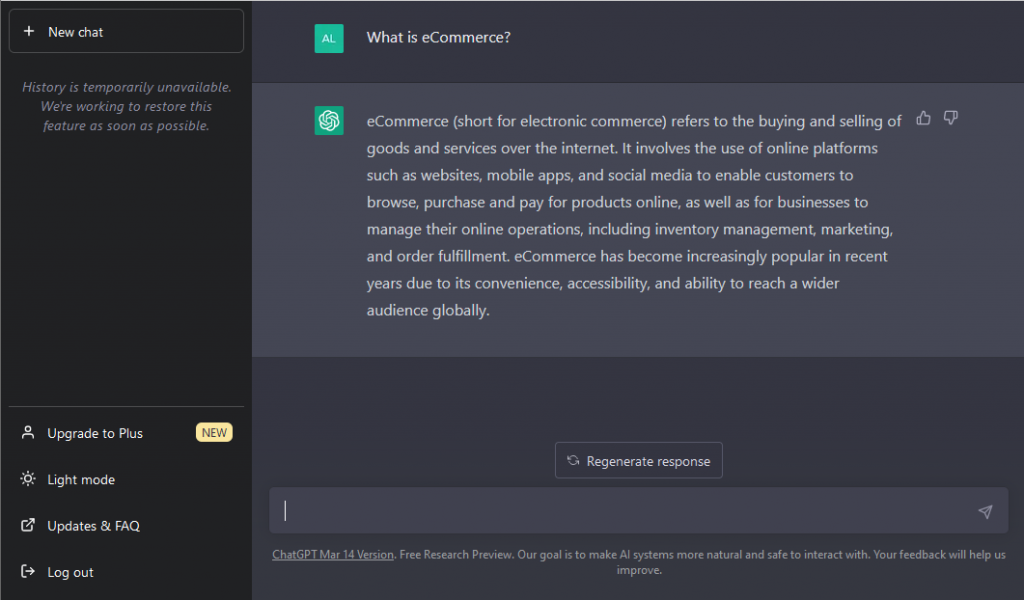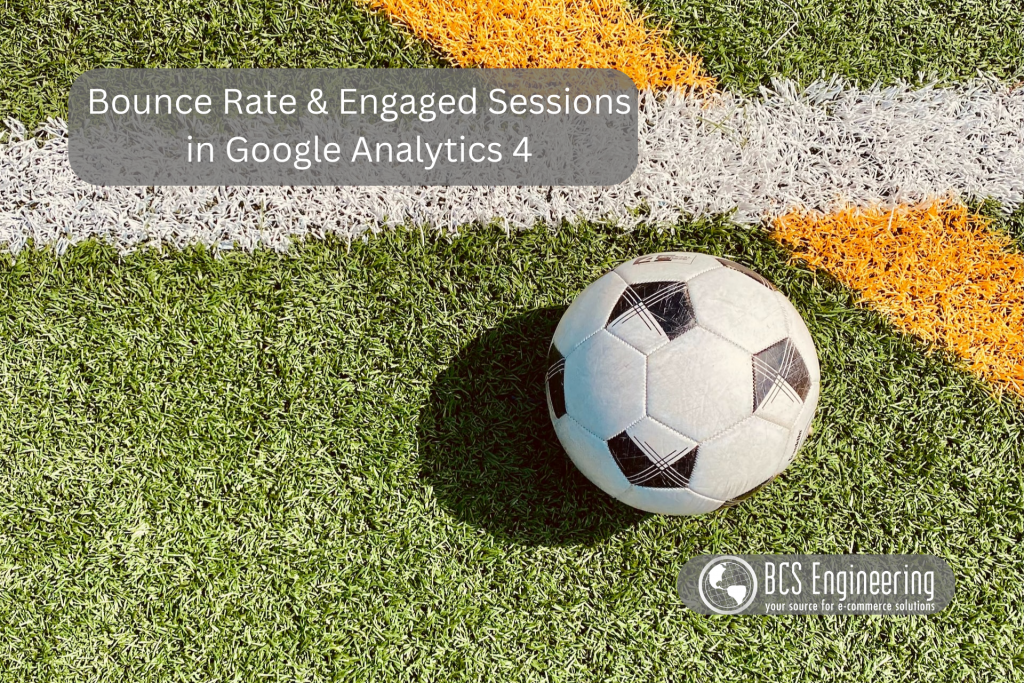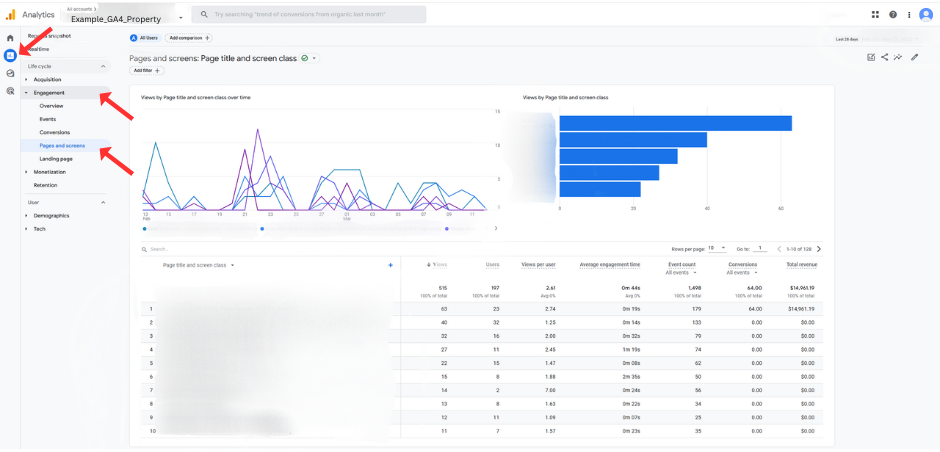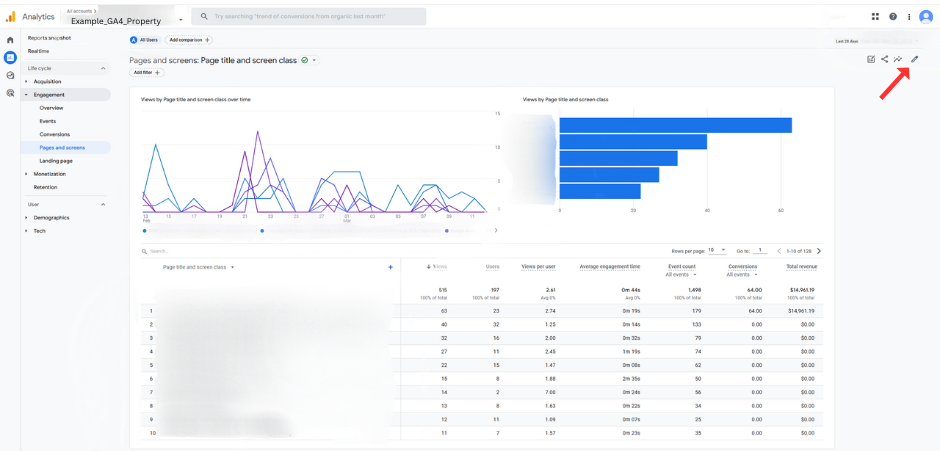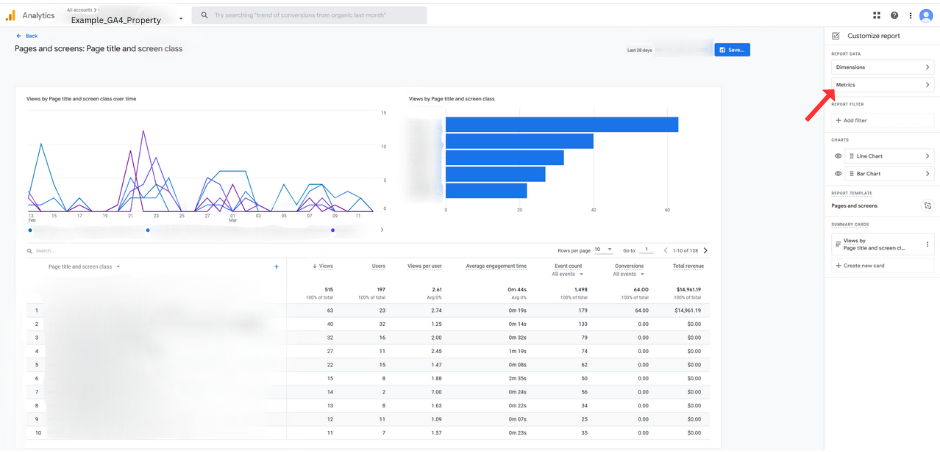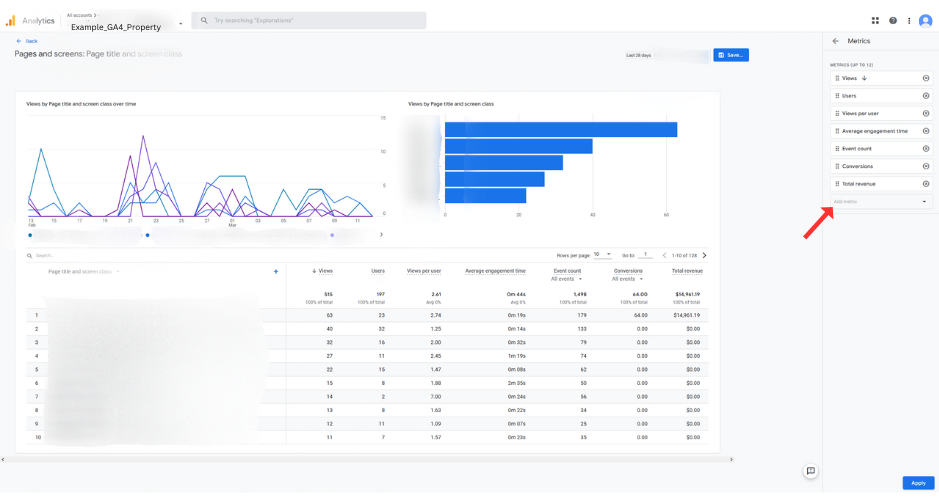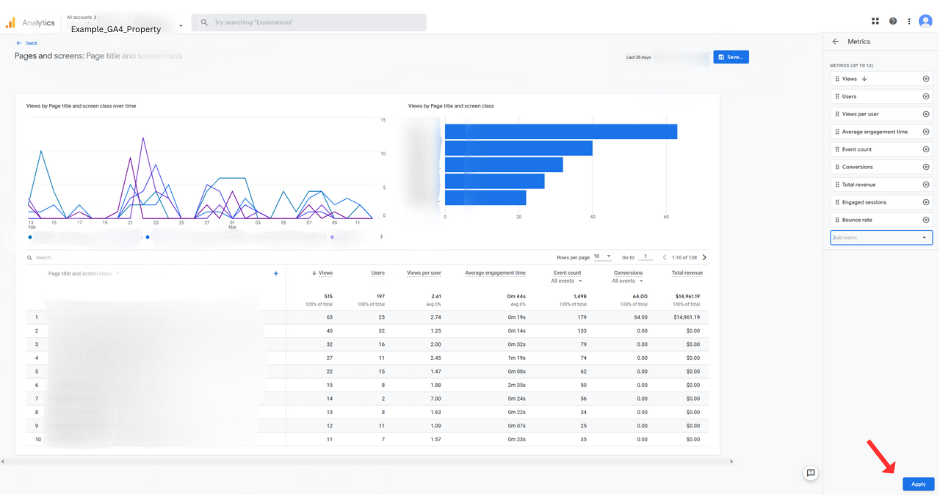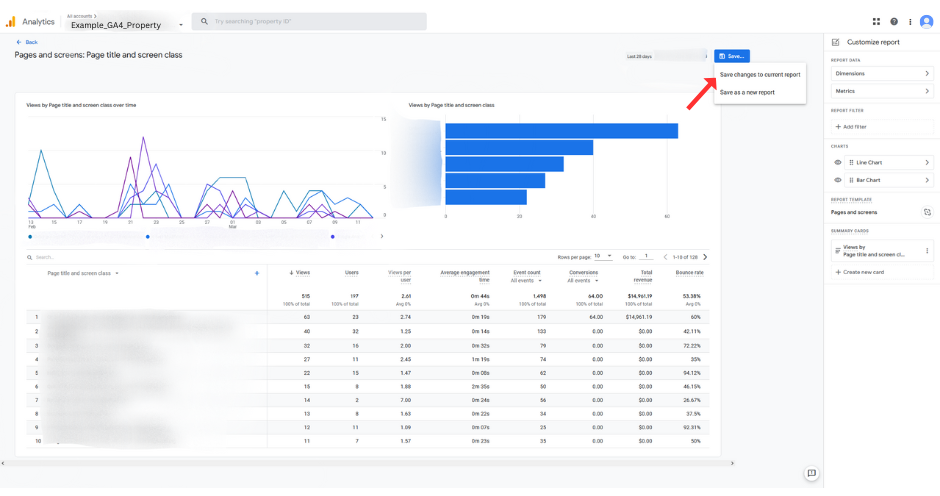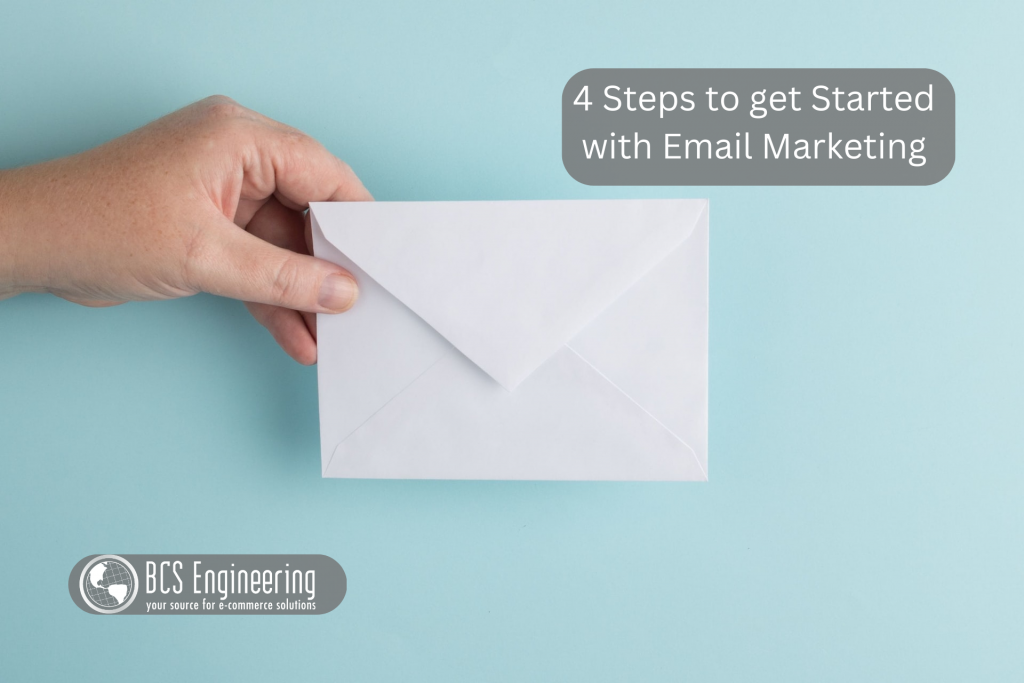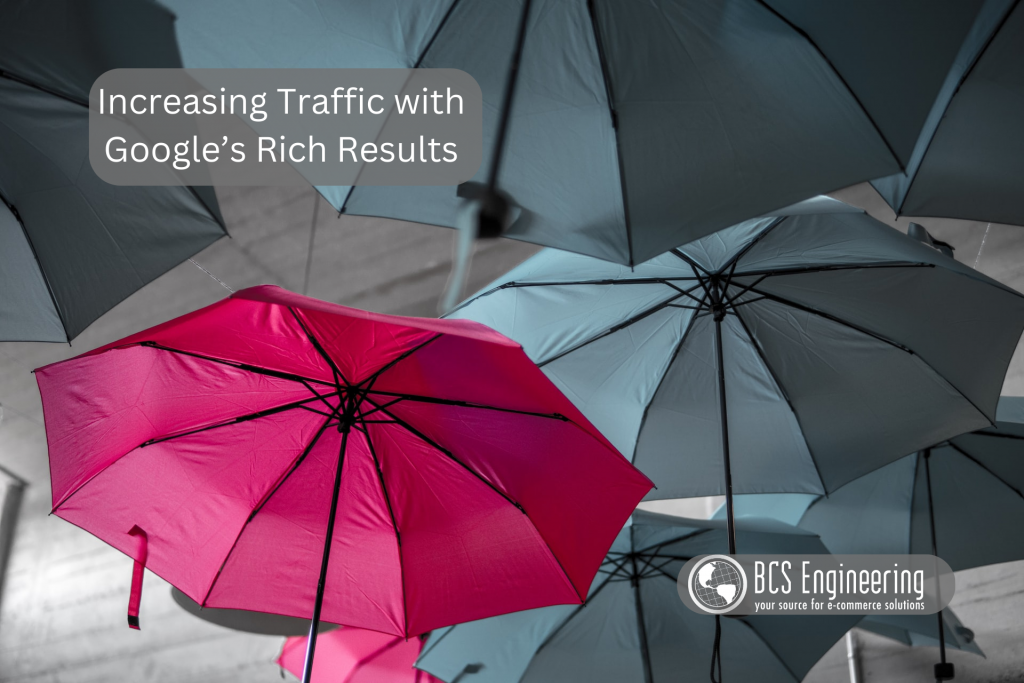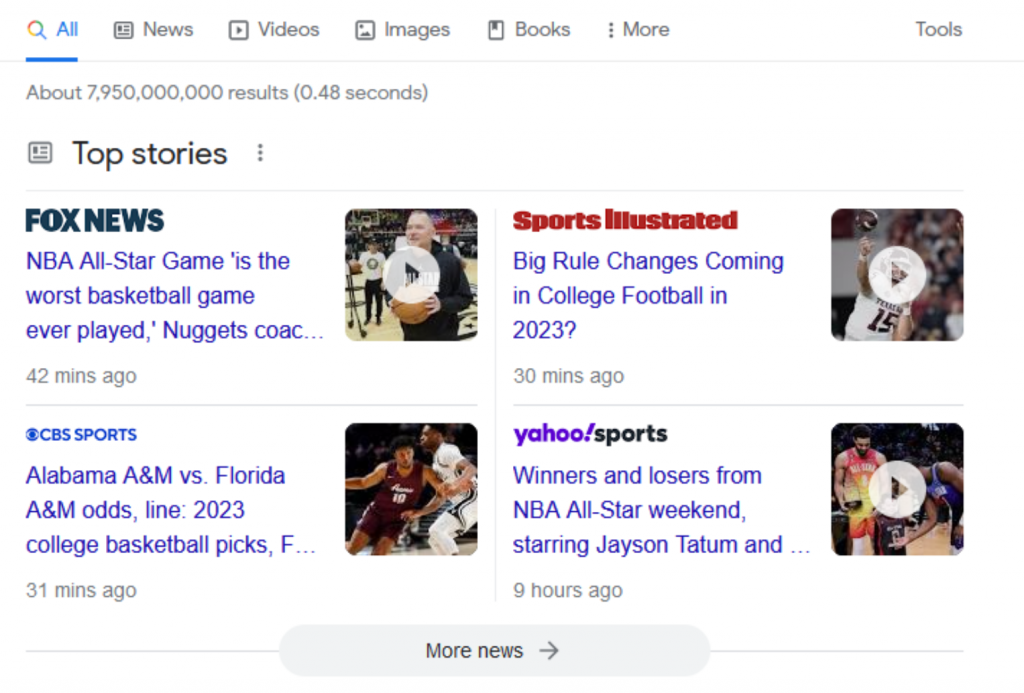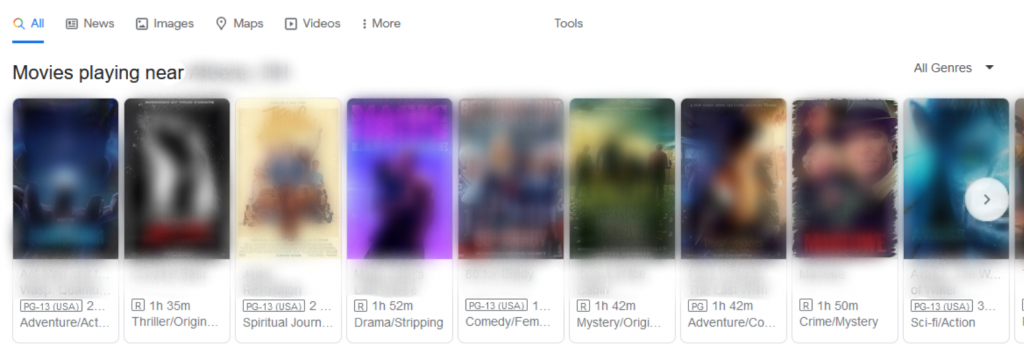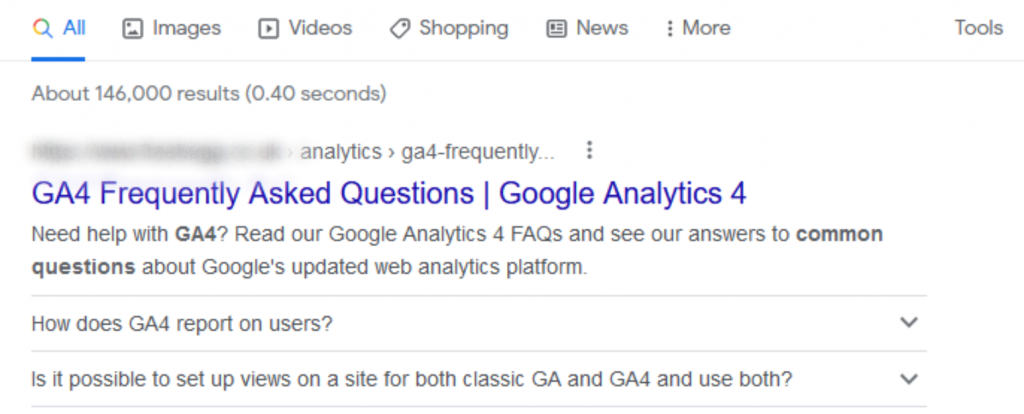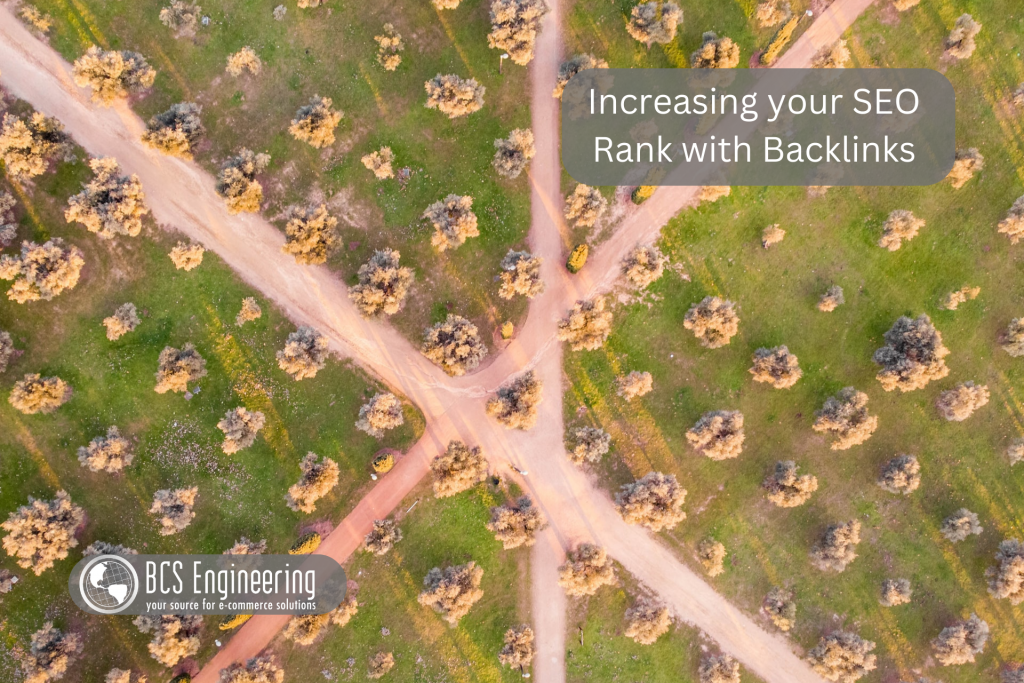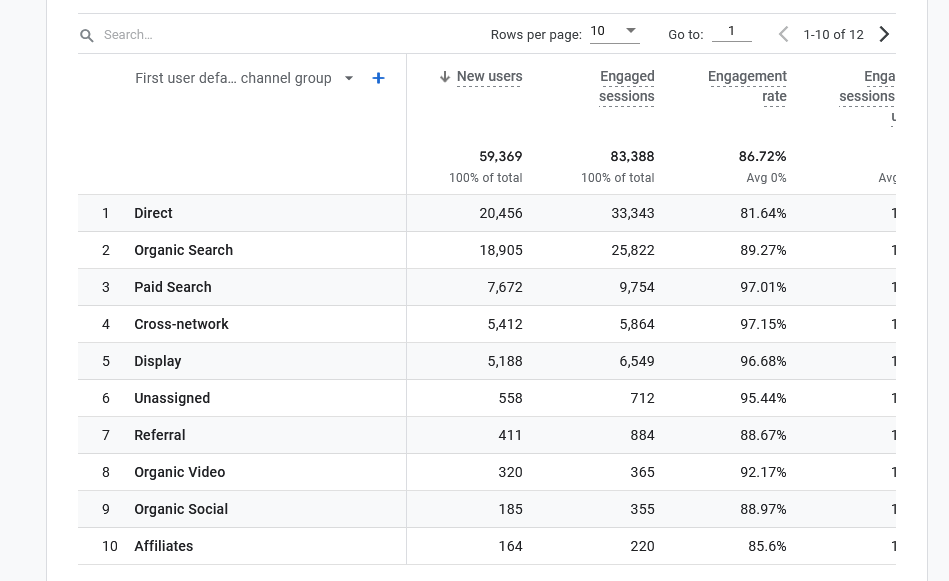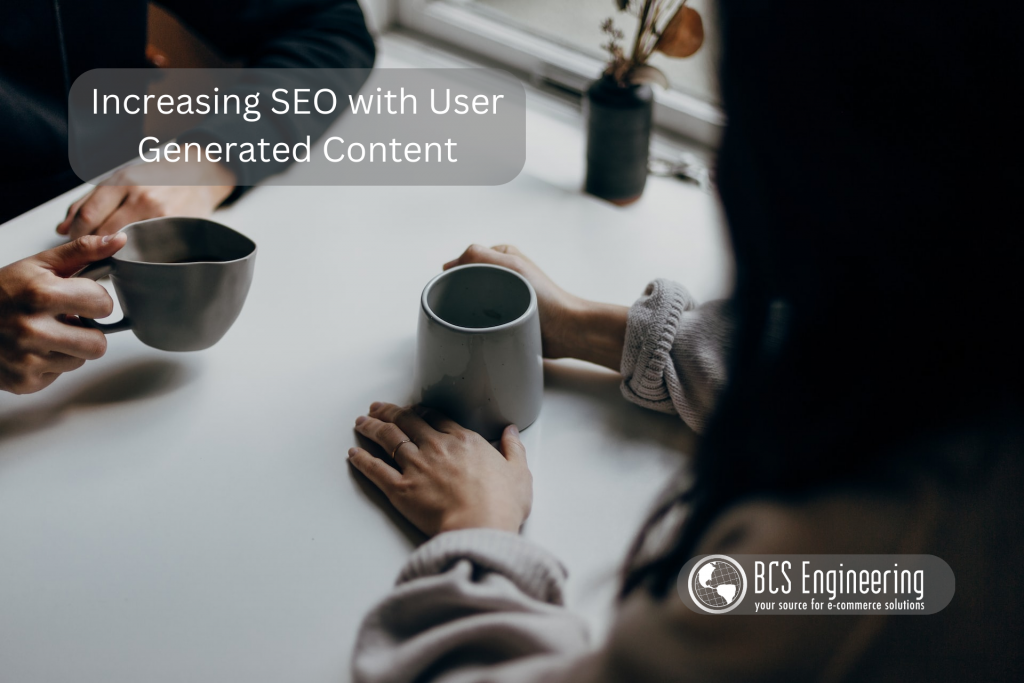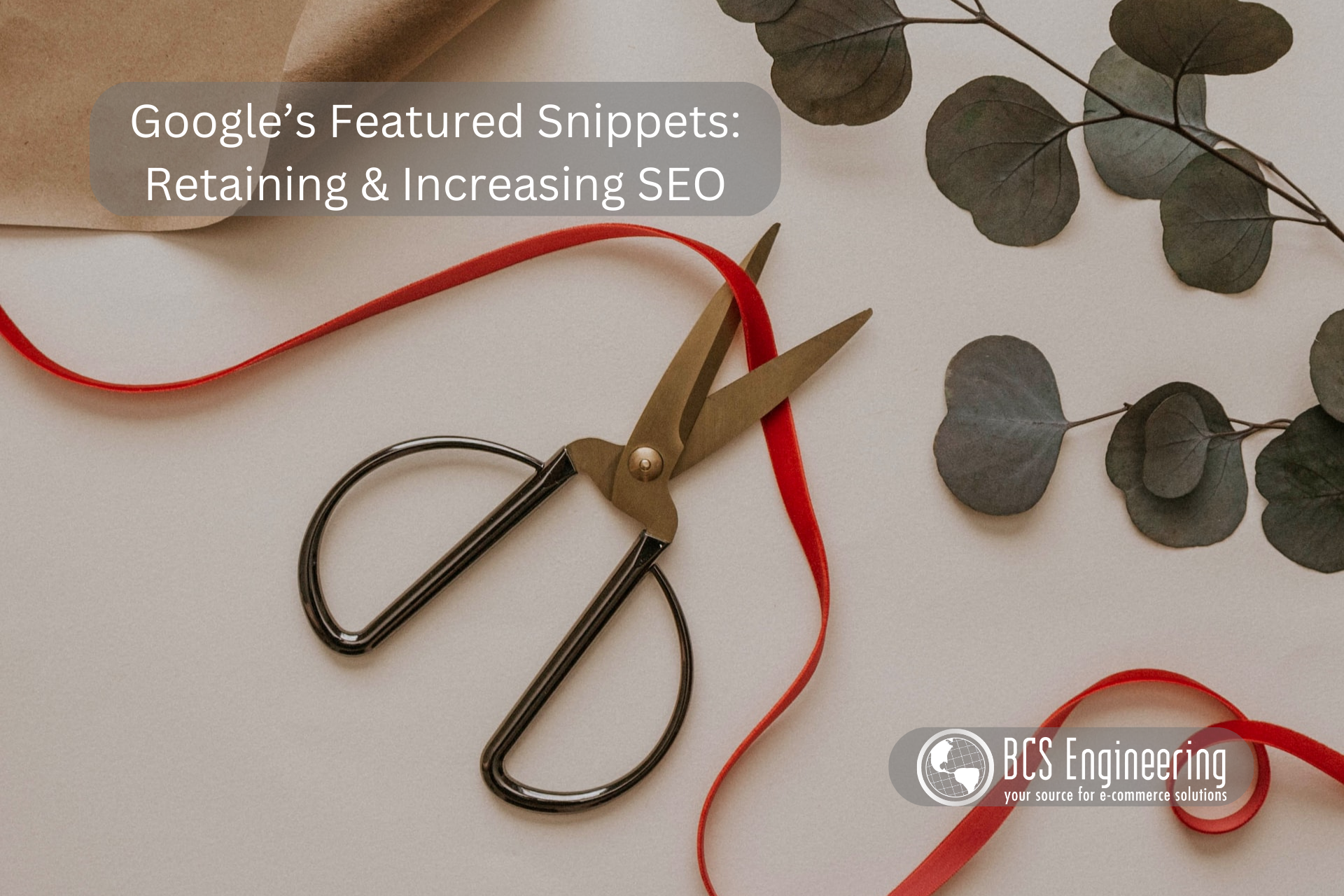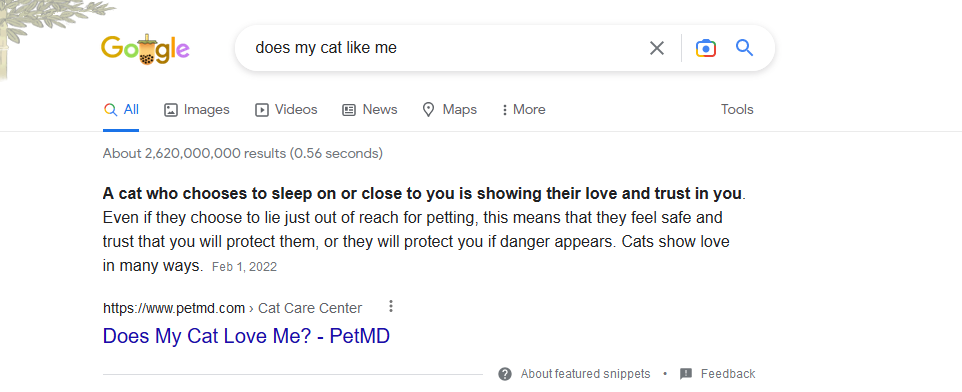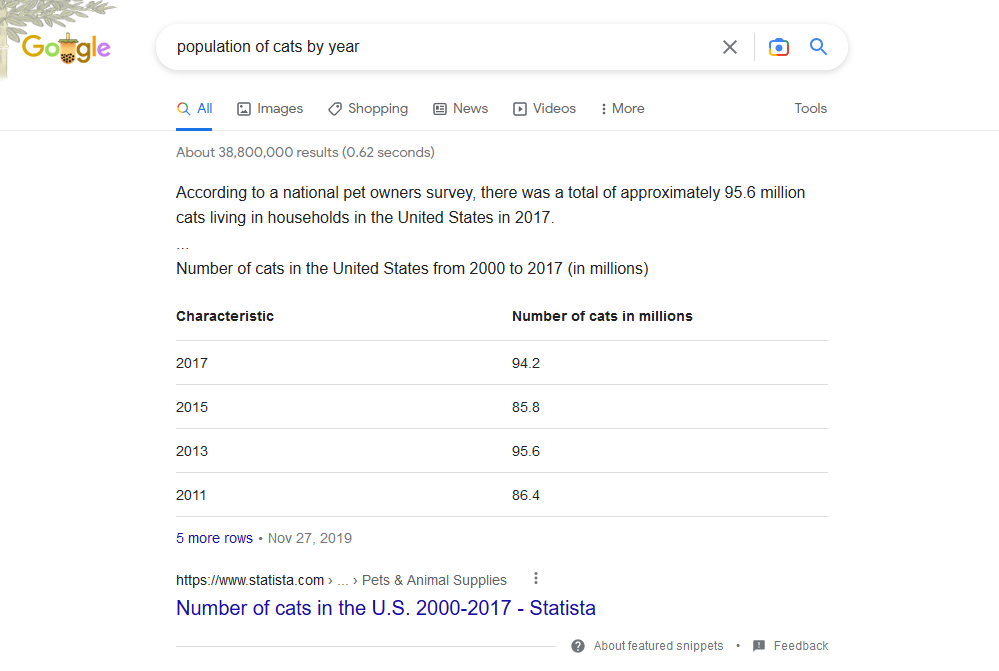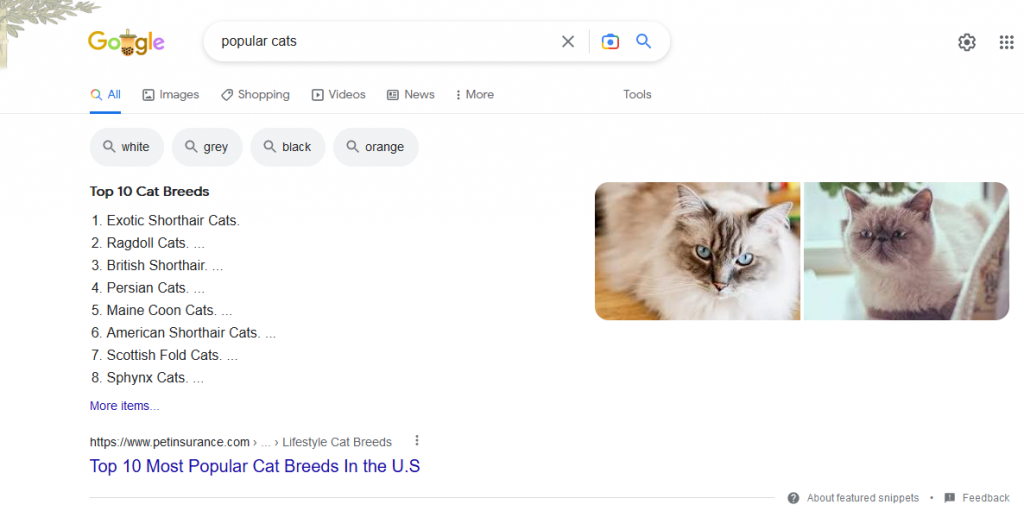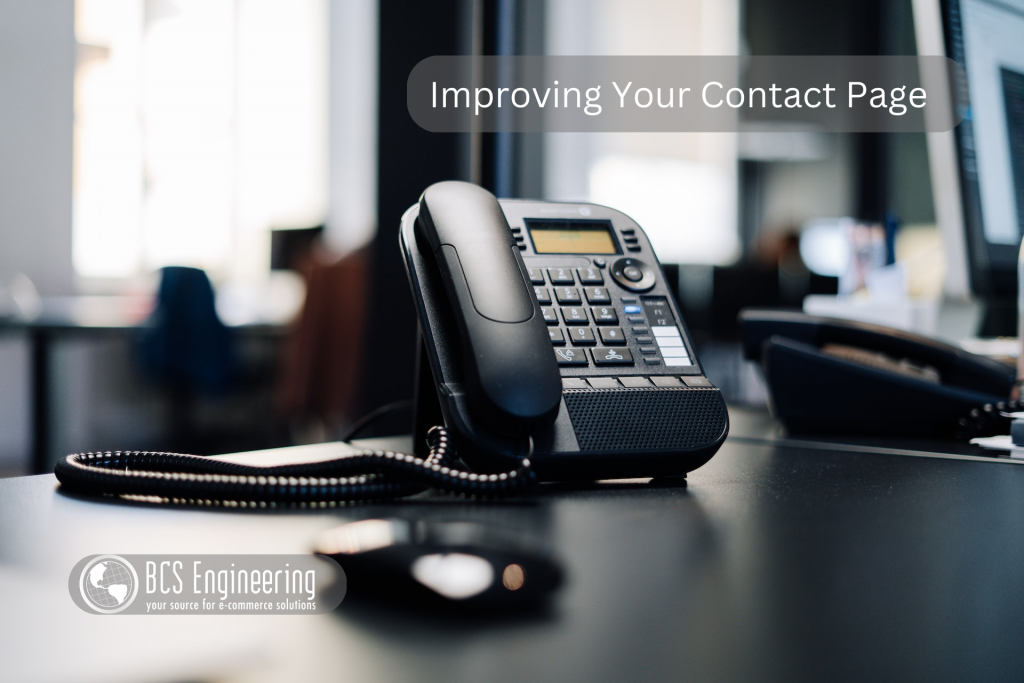As we design and optimize our websites, its important to make sure that our sites are accessible to all of our users. This includes users with disabilities. Since the internet is both public and ingrained into everyday life, the American with Disabilities Act (ADA) has rules and guidelines on how to create websites with accessible designs.
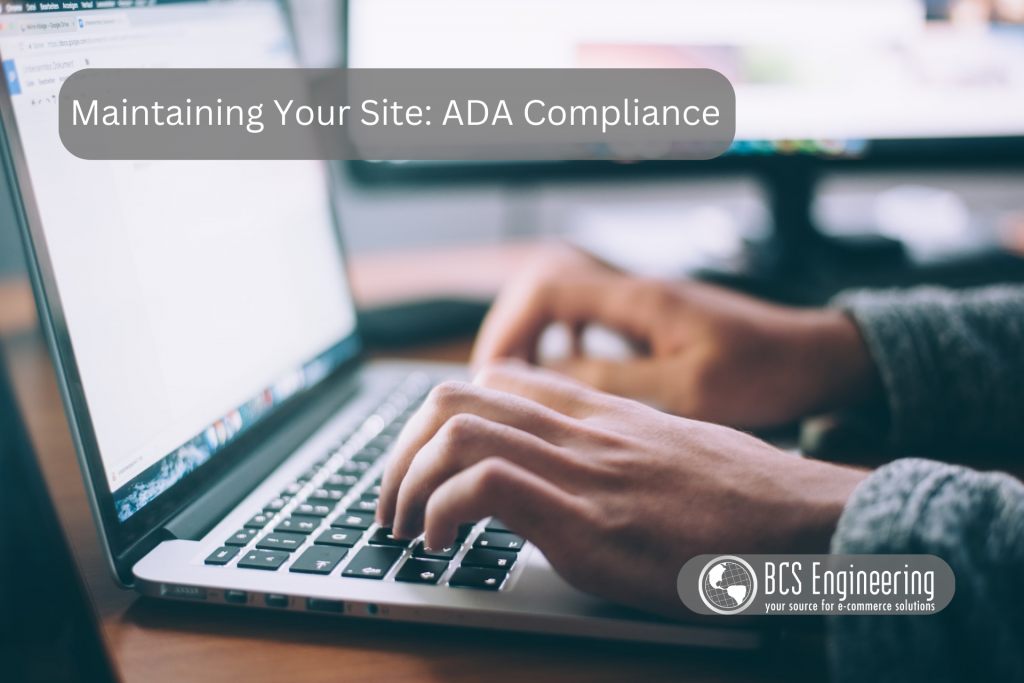
What is ADA Compliance?
Since access to the internet and its content is important, the ADA legally requires websites to be ADA Compliant. ADA Compliance is a collection of guidelines that determine if a user with disabilities can use your website. One of the most recognized guides for digital accessibility is the Web Content Accessibility Guideline (WCAG). There are different levels of compliance according to the WCAG:
- Level A – some users can access your site while others cannot.
- Level AA – most users can access your site with only a few users who cannot.
- Level AAA – your website is accessible by essentially all users.
For website developers, we should aim to be either level AA or AAA compliance.
Why is ADA Compliance Important?
There are a few reasons why having an ADA compliant website is important. The most obvious one is upholding the law: if your site isn’t accessible, legal actions can be taken against your business. An inaccessible site is at risk of being sued and having settlements placed against them, which can cost the business money and damage the business’ reputation both before and after legal proceedings. After all, legal fees aren’t cheap, and overhauling a website to be ADA compliant costs time and money.
From a business perspective, by being ADA compliant, we can create a site that is inclusive to all sorts of users. There are millions of potential customers with disabilities that could be interested in our products and services. Our sites should be consumable by any user interested in what we have to offer.
How do I make an ADA Compliant Website?
The WCAG is divided into 4 basic principles: perceivable, operable, understandable, and robust. By creating a website that enables all four of these principles for our users, our site would be consider accessible. Let’s take a look at some key areas on our sites where barriers can exist that deny accessibility.
Text
Depending on the size of our text, as well as the type of font we use, our content can be hard to read for users with disabilities. Make sure that the fonts you choose on your site are easy to read and can be adjusted in size. For users who are blind, it’s important that your content is readable by tools such as screen readers.
Colors
Depending on the colors you use on your site, some users may be unable to perceive your content fully. Color choice for your text and background, for example, can determine if your pages are readable. Beyond that, using colors to give cues to users for links, call to actions, and error cues can fall flat if a user cannot see those colors. Make sure that your color choices contrast well so that they are readable. This includes avoiding colors that colorblind users would not be able to see.
Images Assets & Videos
While visual assets such as images, videos, graphs, and illustrations help our sites stand out, some users will be unable to see or hear them well. For such users its important to make use of alternate text in our html and to include captions into any video media we share.
Navigation
Navigation is important to the user experience of your site. For user who explore your site via mouse, your navigation menus should be large enough to easily see and interact with. For users who navigate via keyboard, your site may need table of contents or site maps to easily explore your content. Overall, the key to good navigation is to have multiple options so that users can reach your pages in the way they are most comfortable with.
Online Forms
Online forms can be frustrating for all users alike. However, for users with disabilities, we need to consider how easy it is to use, read, and understand our forms. Including labels that can be read by a screen reader is important in order to tell users what each form block is. Clear instructions should be available, as well as clear error indicators that can be read and seen when incorrect or missing information is present.
Tool Compatibility
In order for certain users to interact with our site, they may need to use special tools that aid them in interpreting page content. Screen readers, for example, need to be able to understand your pages. This means that the structure of our pages needs to be readable to by such tools, as well as convey the same information that other users have access to.
Time sensitive actions
Sometimes, when a user is trying to login or complete a form, there is a timer set that will cause the page to become invalid or reset. There also may be content on pages that visual move around, such as slideshows in our banners or GIFs. Its important to make sure that we give all users enough time to consume and input information.
Reportability
Realistically, as we create new pages and add new features to our websites, users may run into issues where our site isn’t accessible. To ensure that we can identify and fix these issues, we should have a way for users to report to us any accessibility issues they run into.
Conclusion: Equal User Experience is Key
When designing a site for accessibility, it is important to keep in mind that the user experience of all users should be equal. Users who are disabled shouldn’t be unable to explore your content, but should instead have means to explore it in the ways that they can. The experience may be different in the sense that some users may be unable to see your images or hear your videos, for example, but through ADA compliance, they should still be able to obtain the important information within those assets. Our sites are optimized for turning visitors into customers, and we want it to remain compelling no matter how a user absorbs them.
Want to Learn more?
Interested in learning more about ADA Compliance and WCAG? Check out the current documentation available for WCAG. If you want to see more content like this on our blog, or need assistance with ADA Compliance on your site, contact us! We can help you through it.
Interested in exploring tools you can use to check and refine your ADA Compliance? Check out Userway with our affiliate link!

